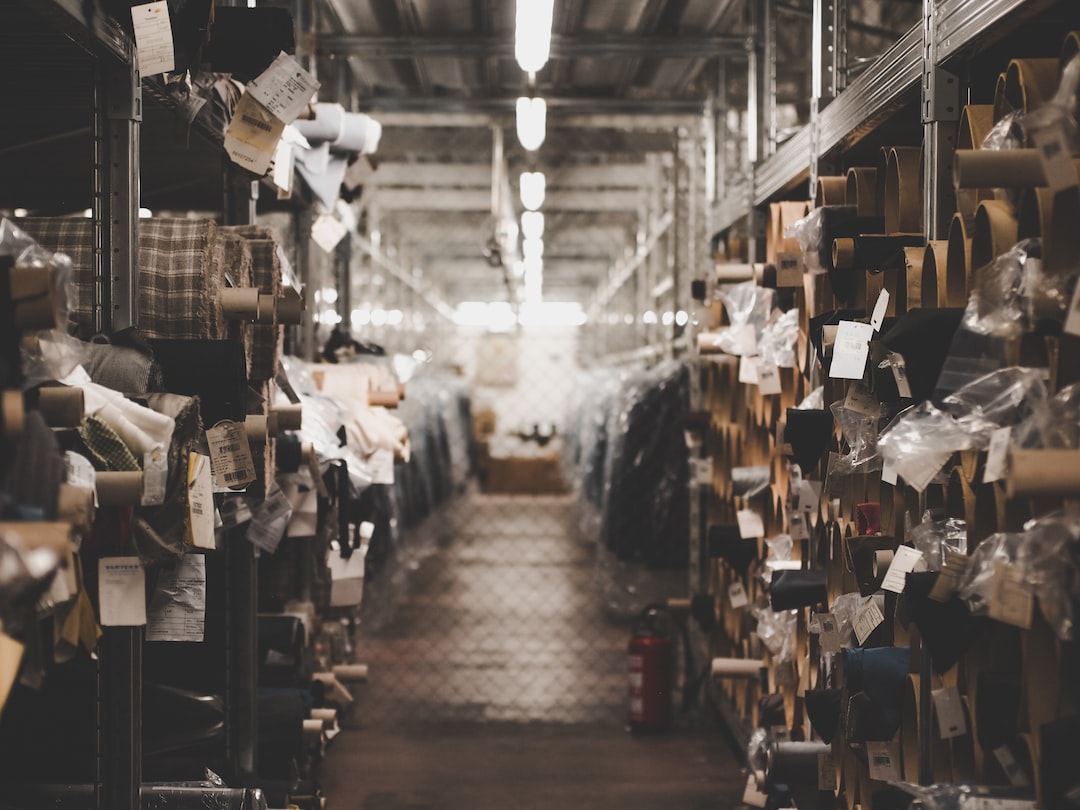Leveraging Augmented Reality (AR) for Enhanced Manufacturing Processes
The manufacturing industry has always been at the forefront of innovation and technological advancement. Over the years, numerous technologies have been integrated into manufacturing processes to enhance productivity, efficiency, and accuracy. The latest addition to this technological revolution is Augmented Reality (AR). Augmented Reality is a technology that superimposes computer-generated images onto the real-world environment, providing a new level of interaction and visualization.
AR has taken the world by storm, with industries like gaming, entertainment, and healthcare using it to enrich user experiences. However, the manufacturing sector has also recognized the potential of AR in elevating traditional manufacturing processes. By seamlessly integrating virtual elements into real-world surroundings, AR has the power to revolutionize the manufacturing industry in terms of design, training, maintenance, and more.
One of the key applications of AR in manufacturing is product design and prototyping. Traditionally, manufacturing companies would spend a significant amount of time and money on creating physical prototypes. However, with AR, designers can create virtual prototypes and visualize them in real-time, eliminating the need for physical models. This not only saves time but also provides better insights into the product design, allowing designers to make adjustments and improvements in the early stages of development.
AR also plays a crucial role in training and upskilling manufacturing workers. With complex machinery and processes involved, training new employees can be a challenging task. However, AR simplifies this process by overlaying step-by-step instructions or visual cues onto the real-world environment. This hands-on and interactive training not only reduces the learning curve but also ensures that workers understand the processes correctly, leading to improved efficiency and reduced errors.
In addition to training, AR can be utilized for maintenance and repair of manufacturing equipment. By integrating AR into maintenance processes, technicians can have access to real-time information, such as equipment manuals, troubleshooting guides, and remote expert support. The ability to overlay this information onto the physical equipment enables technicians to identify and resolve issues quickly and efficiently, minimizing downtime and increasing productivity.
Furthermore, AR can enhance the efficiency of quality control processes in manufacturing. By using AR, inspectors can overlay virtual models onto the physical products, allowing them to compare the expected design and specifications with the actual product. This visual inspection ensures that products meet the required standards, reducing the chances of defects and improving customer satisfaction.
Supply chain management is another area where AR can have a significant impact. With the ability to superimpose virtual information onto the physical environment, AR can assist in improving inventory management, tracking shipments, and optimizing logistics. By providing real-time visibility and accurate data, AR enables manufacturers to streamline their supply chains, reduce costs, and enhance overall efficiency.
The benefits of leveraging AR in manufacturing are undeniable, but with every technology comes challenges. One of the primary challenges is the initial investment required to implement AR systems. However, as the technology continues to advance, the cost is gradually decreasing, making it more accessible to manufacturers of all sizes.
Another obstacle is the need for adequate training and support for employees. As AR systems become an integral part of manufacturing processes, workers need to be trained on how to use and navigate these systems effectively. This can be achieved through workshops, training programs, or employing experts who can provide continuous support.
In conclusion, Augmented Reality has the potential to revolutionize the manufacturing industry by enhancing design processes, improving training and maintenance, optimizing quality control, and streamlining supply chain management. The adoption of AR technologies can lead to increased productivity, reduced costs, and improved overall efficiency for manufacturers. As the technology continues to evolve, it is essential for manufacturers to stay ahead of the curve and leverage AR to gain a competitive edge in today’s dynamic market.

